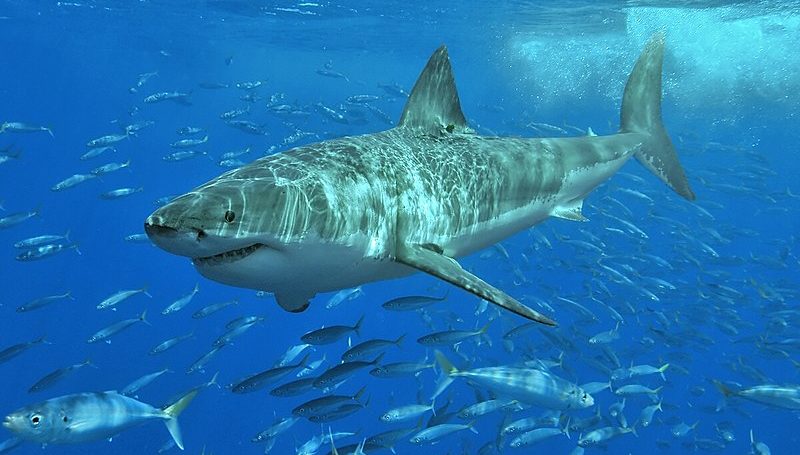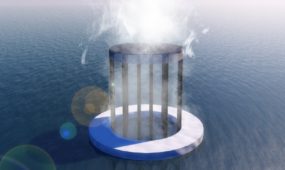White sharks shake loner tag
Research & Development
White sharks are forming communities to feed on baby seals in the Great Australian Bight, which is at odds to their reputation of being solitary creatures.

Sign up to receive notifications about new stories in this category.
Thank you for subscribing to story notifications.

The mass sightings raise questions about the behaviour of the huge predators as they have not been observed with regular companions over long periods in the past.
The study examining the behaviour of the white sharks found them gathering near South Australia’s Neptune Islands in large numbers.
The Neptunes are a group of four islands off the coast of South Australia and are a popular spot for white shark sightings.
Flinders University Associate Professor Charlie Huveneers was part of the team observing white sharks’ behaviour in the area between 2010 and 2014.
To make the findings, Assoc Prof Huveneers and others from Flinders University and the Fox Shark Research Foundation, both in South Australia, collaborated with Macquarie University and French government organisation CNRS to identify 282 individual white sharks through photo-identification over four and a half years.
Assoc Prof Huveneers said while the research did not indicate white sharks were hunting in packs, their co-occurrences appeared to be more than chance. But more research was needed to understand why the sharks behaved in this way.
“Although white sharks aggregate at the study site (Neptune Islands Group Marine Park) all year around, the same individuals do not remain at the Neptune Islands throughout the year,” Huveneers said.
“Different sharks come at different times of the year. For example, some sharks are sighted at the Neptune Islands during summer, while other sharks are mostly sighted in winter. Interestingly, some sharks tend to be observed together more regularly that you’d expect by chance.”
White sharks are also known as great white sharks or white pointers. According to National Geographic, great whites are the largest predatory fish on earth growing to an average of 4.5 meters.
Network analysis of the 101 most frequent individuals showed that these sharks formed four communities made of 25 individuals each.
Assoc Professor Huveneers said many of the sharks were seen in close proximity to specific others far more often than expected.
“In broad terms, you’d expect all white sharks to match their presence with prey availability, but for some reason not all white sharks visit to and use of the Neptune Islands correspond to periods when seals are most abundant,” he said.
“Some individuals consistently occur when seal abundance is low and are often sighted on the same day, suggesting that these individuals respond to external drivers in the same way. We still don’t know why this is the case, but some individuals seem to have similar motivation.”
Assoc Professor Huveneers said the network analysis allowed researchers to compare observed groupings with 10,000 simulated groupings.
“We found that the groupings at the Neptune Islands were statistically different to the simulated groupings,” Assoc Professor Huveneers said.
“What is interesting in the Neptune Islands is they are there all year around. But it’s not all of the individuals using the Neptune’s all year around, some individuals are there more in summer and some are more there in winter.
“We still don’t know why some individuals prefer summer and some individuals prefer winter or why some sharks like to hang out at the Neptune Islands together, but now we have empirical data to show that some sharks have non-random co-occurrences.”
The study was published in the journal of Behavioural Ecology and Sociobiology.
Jump to next article



